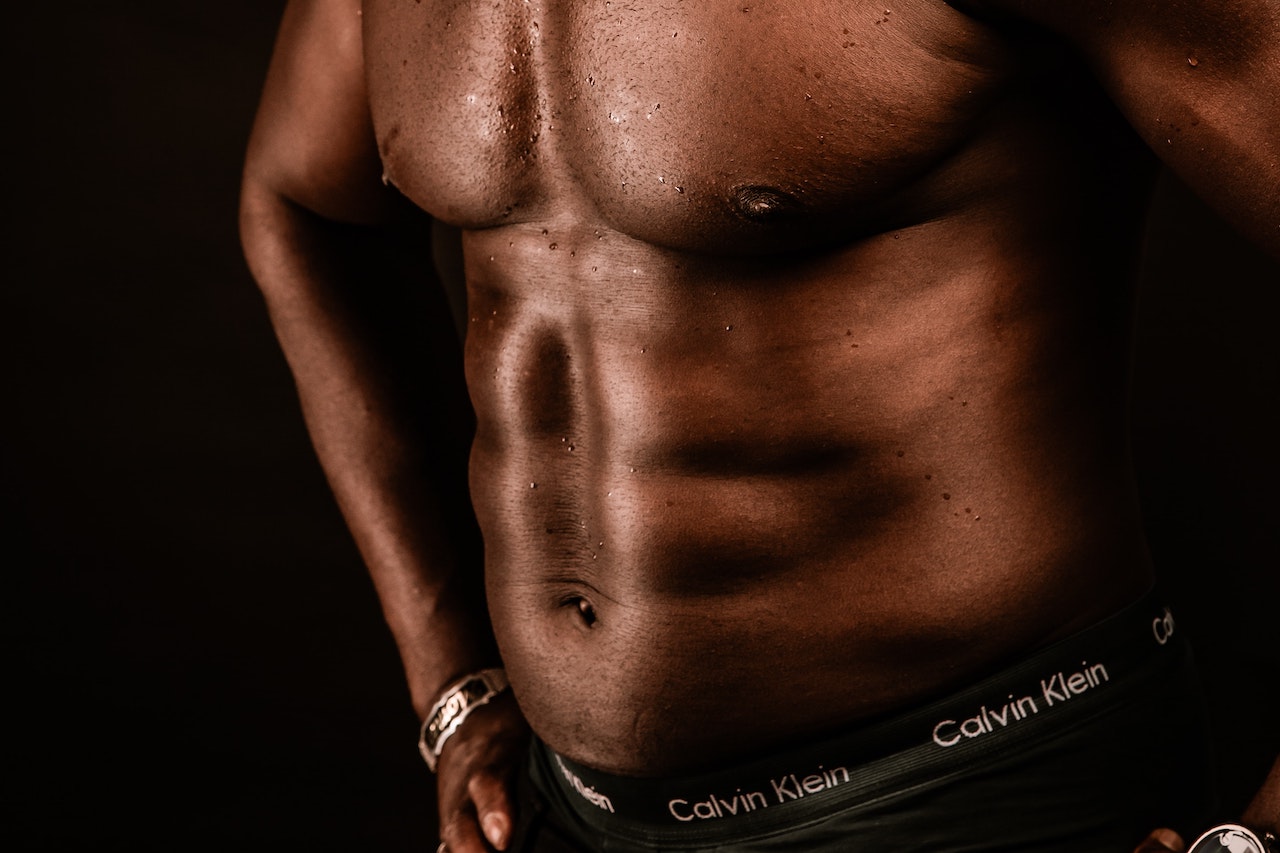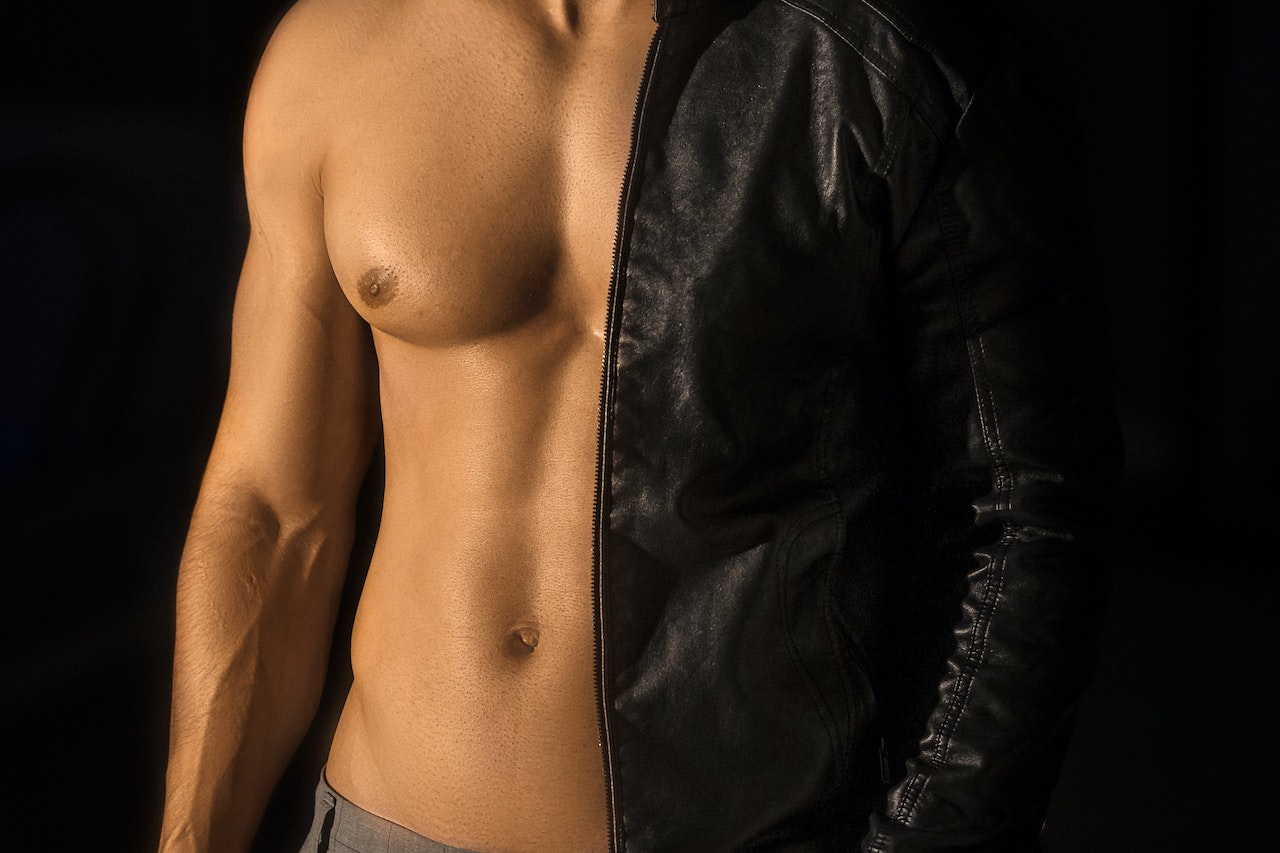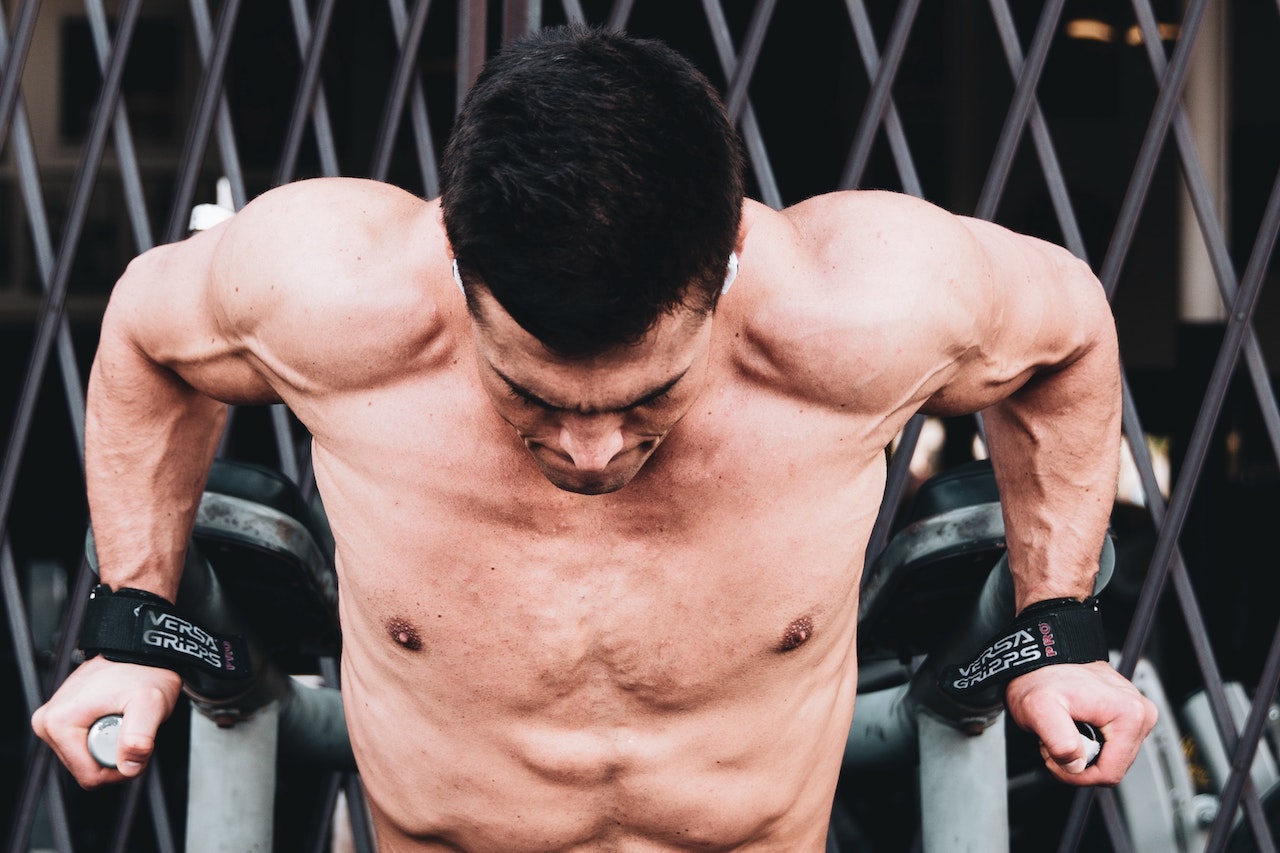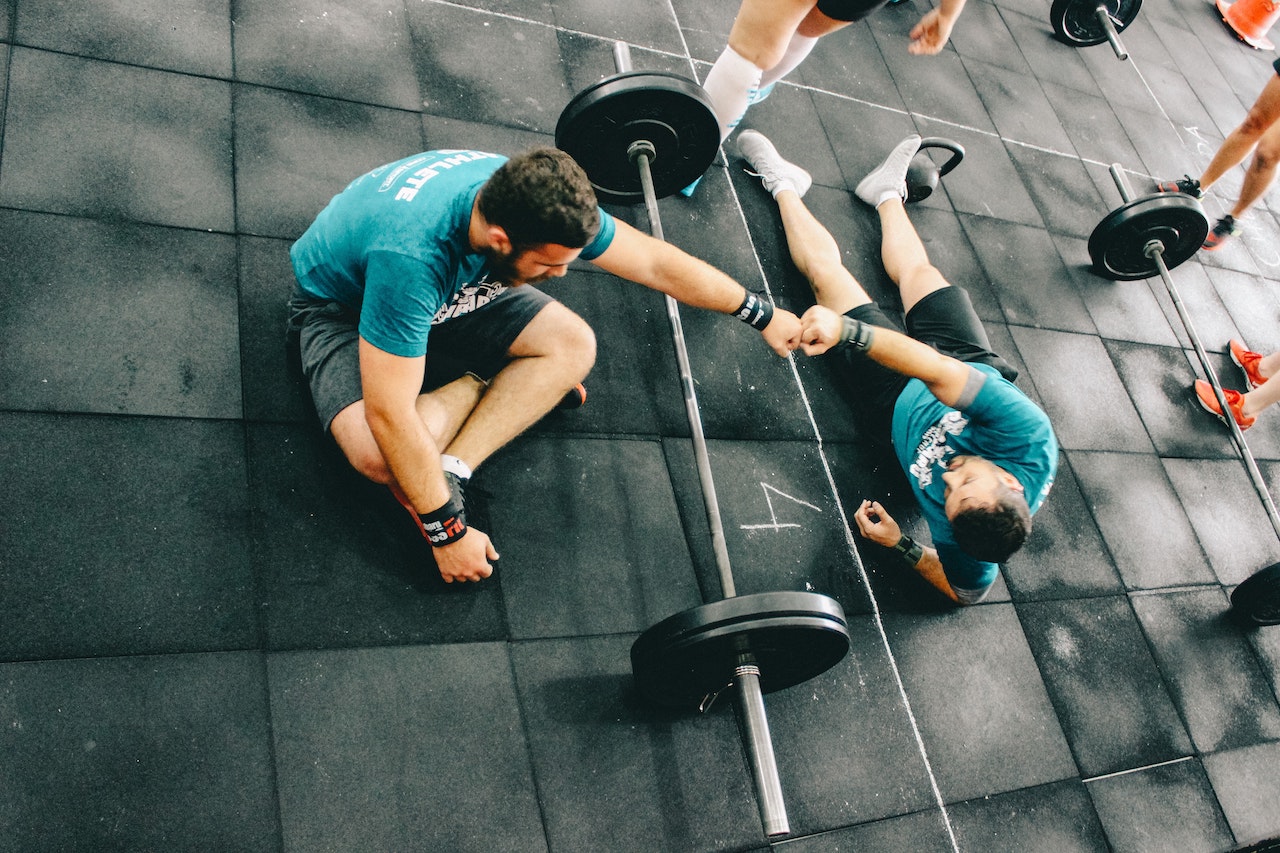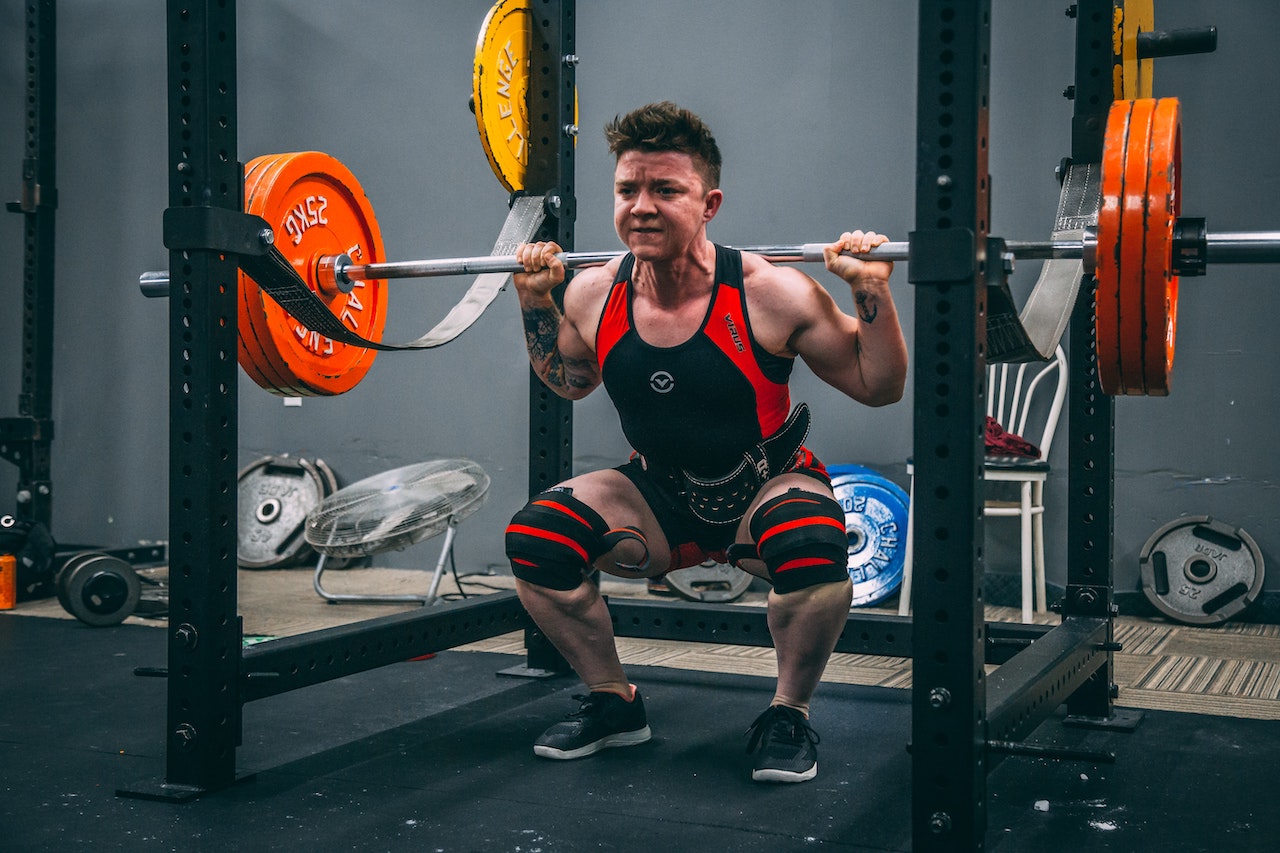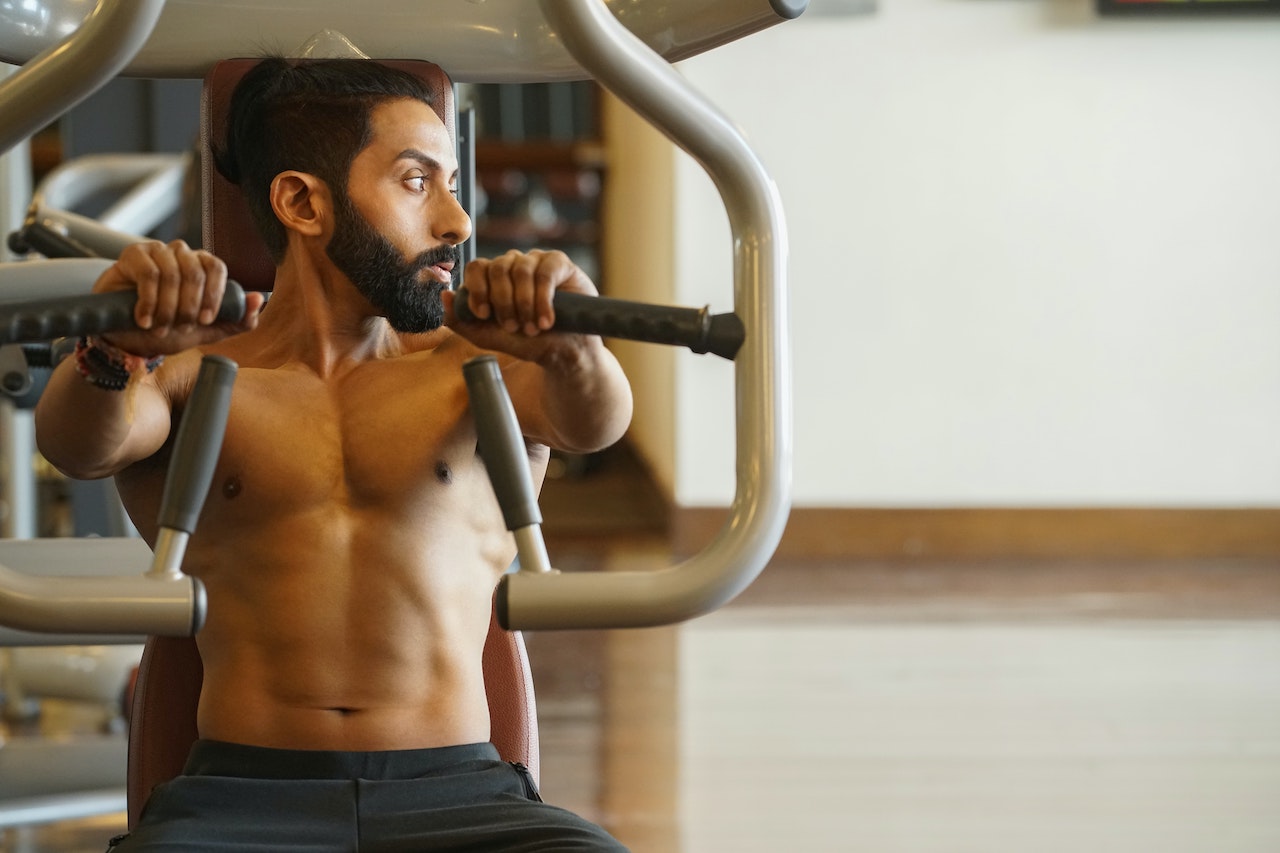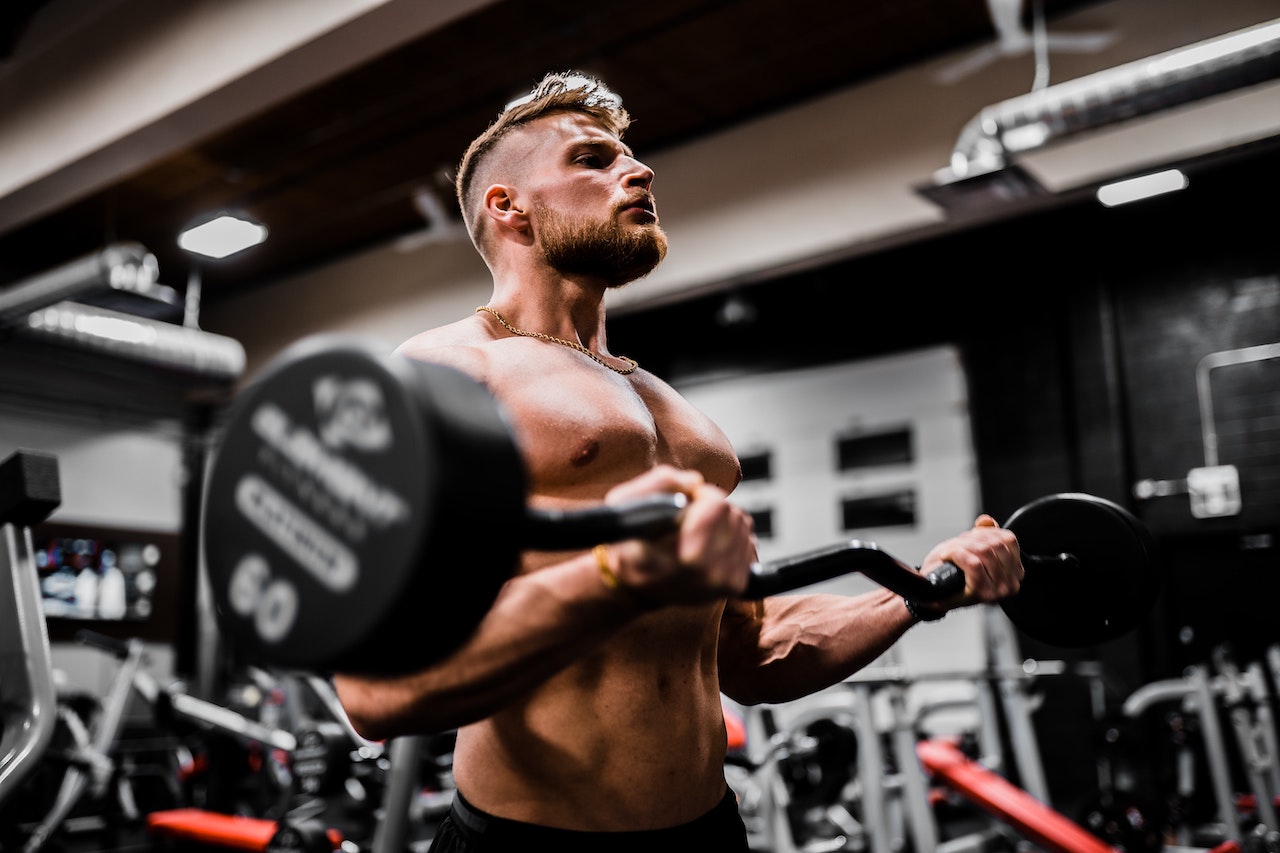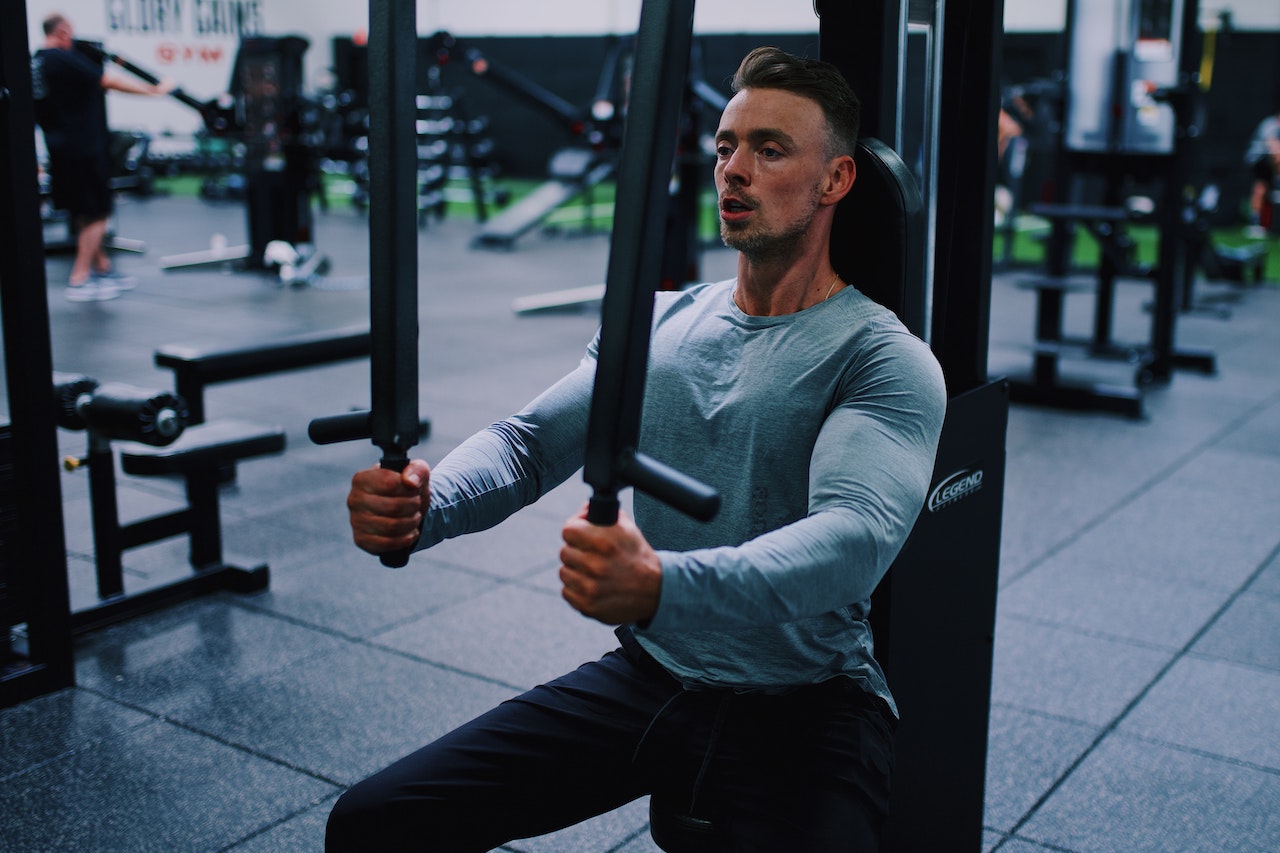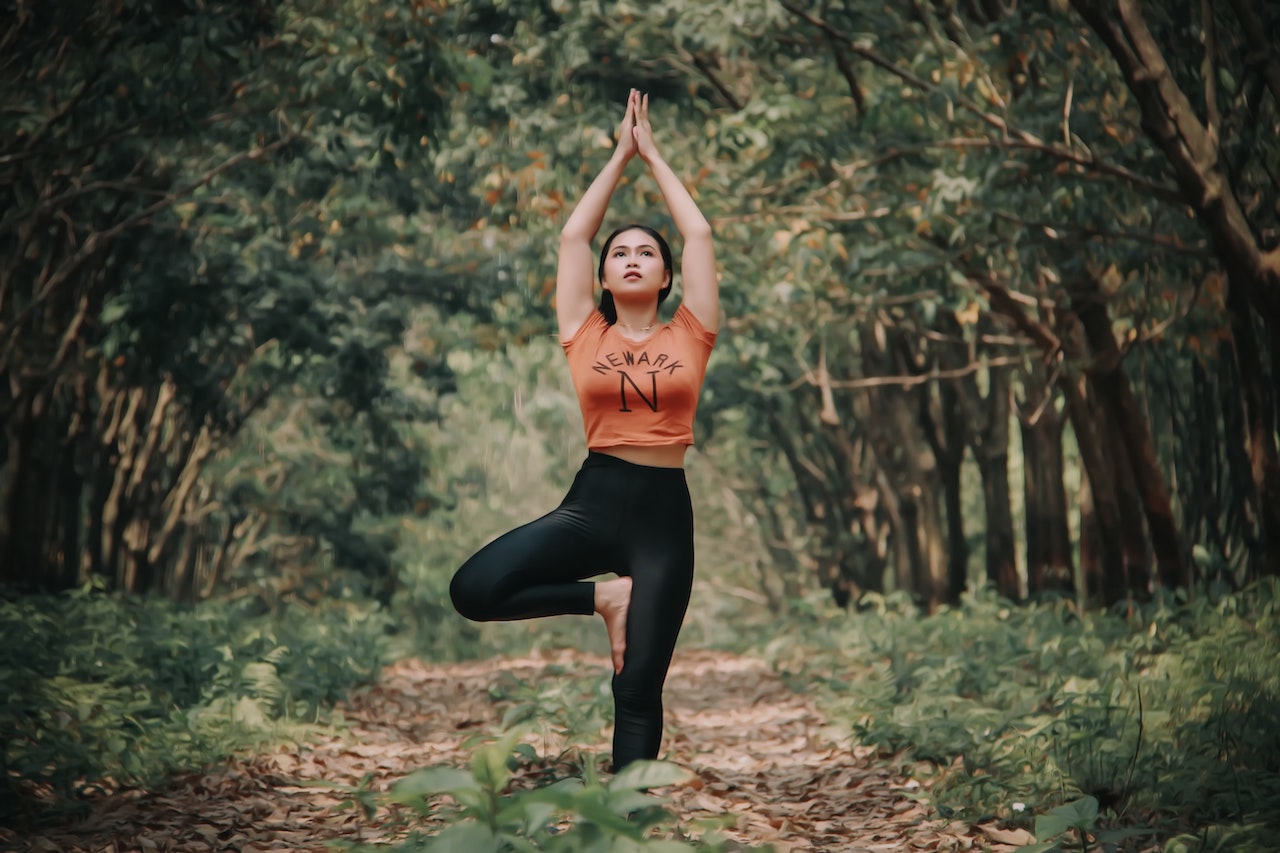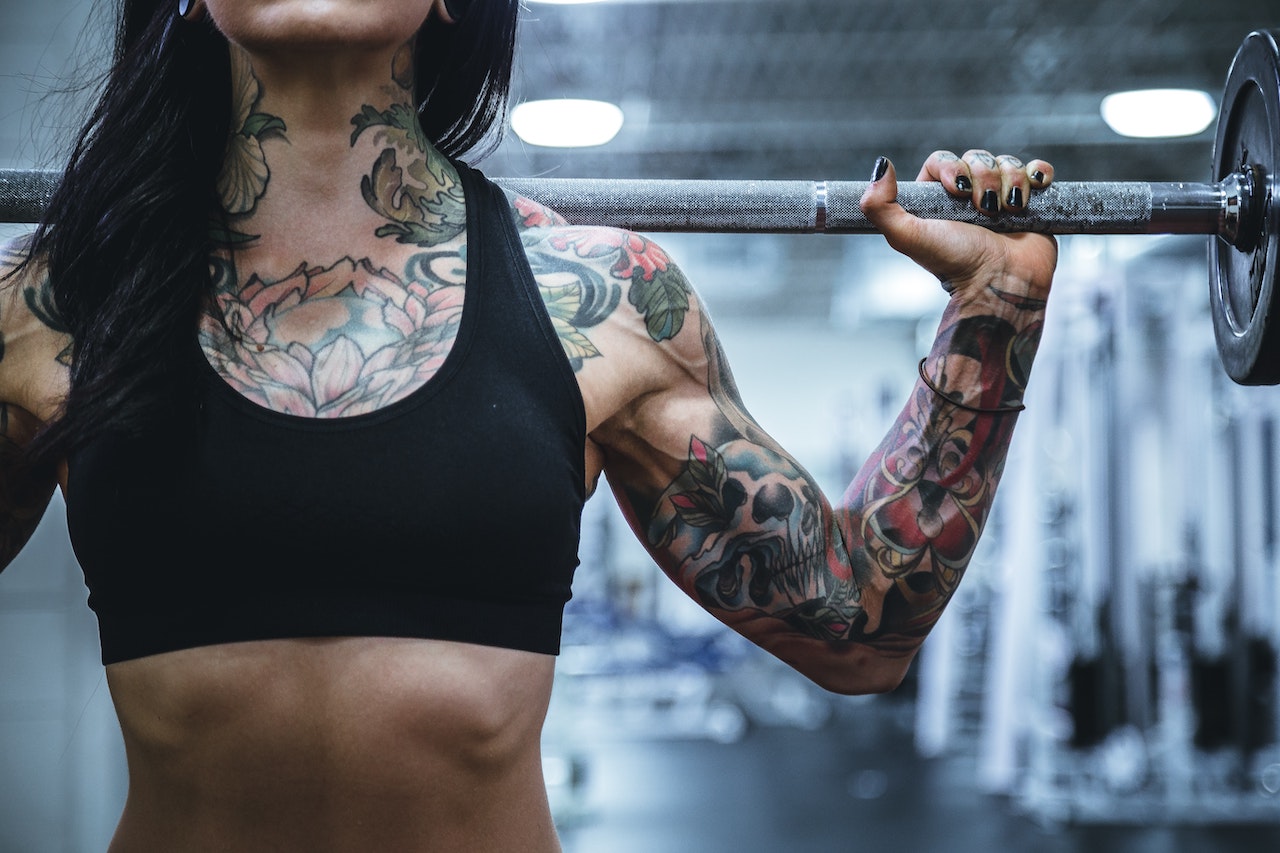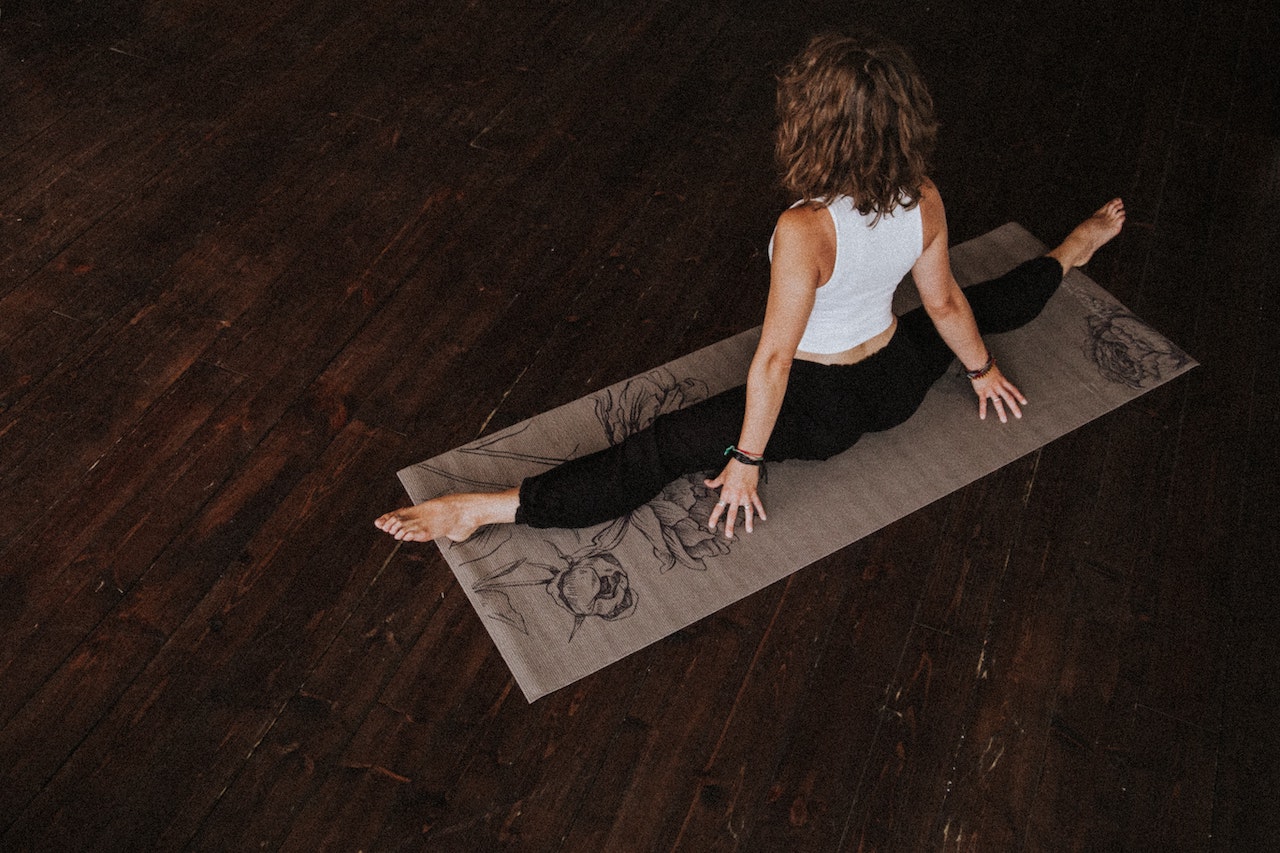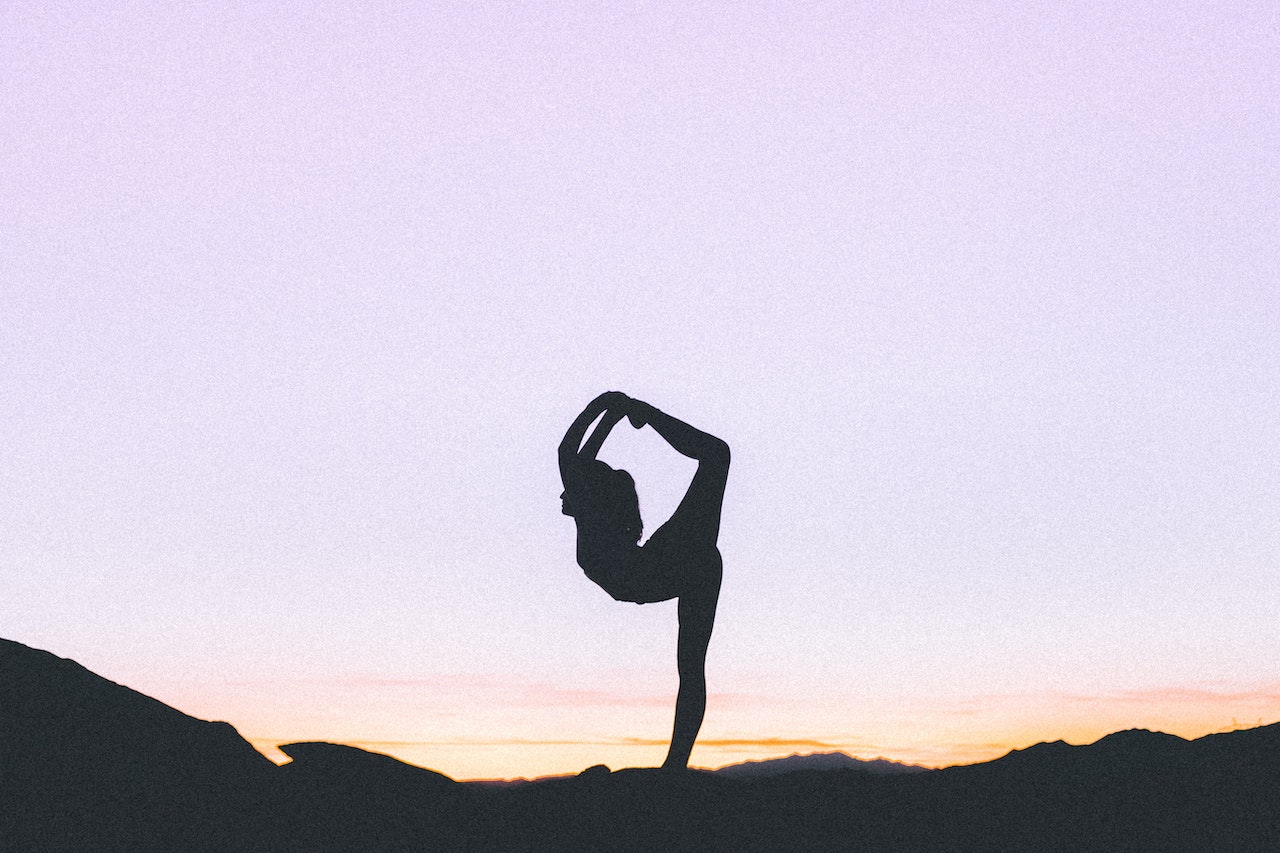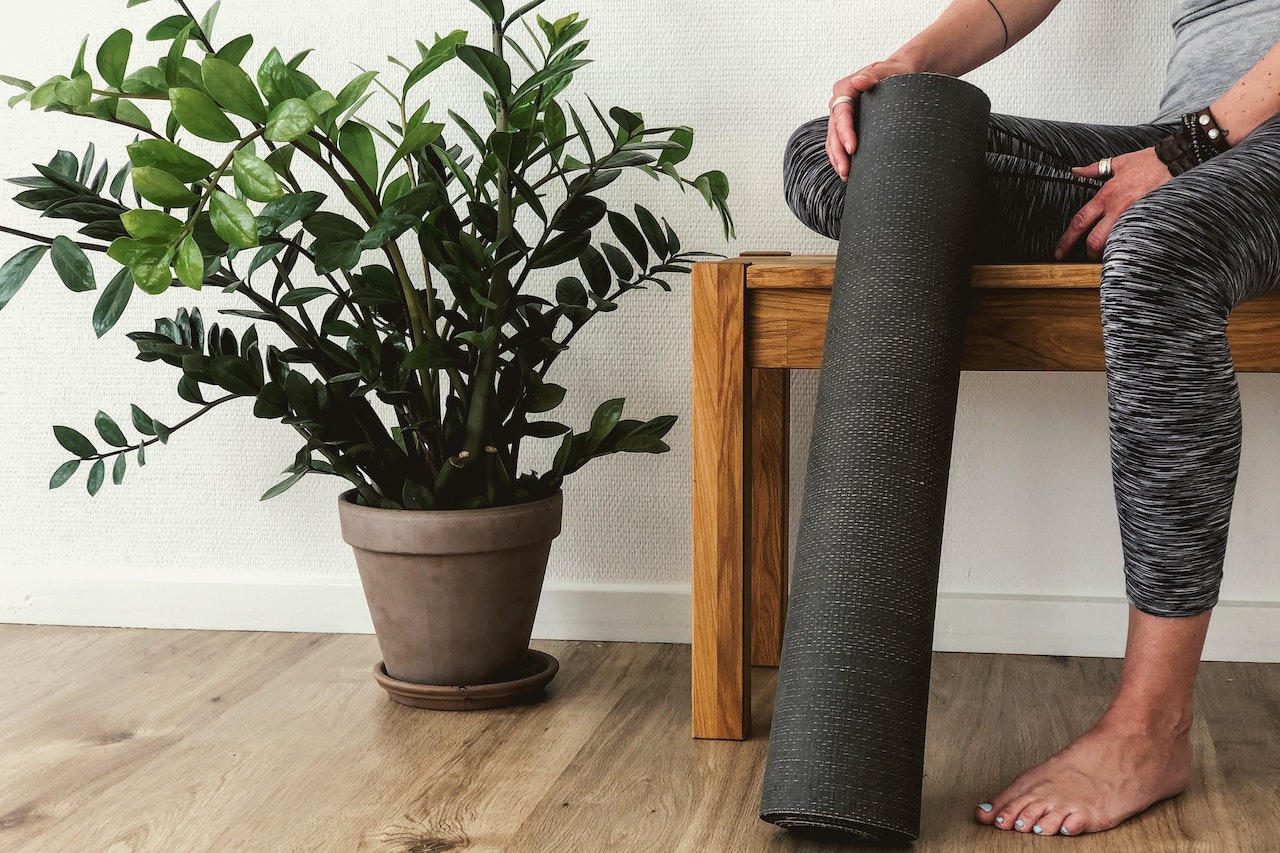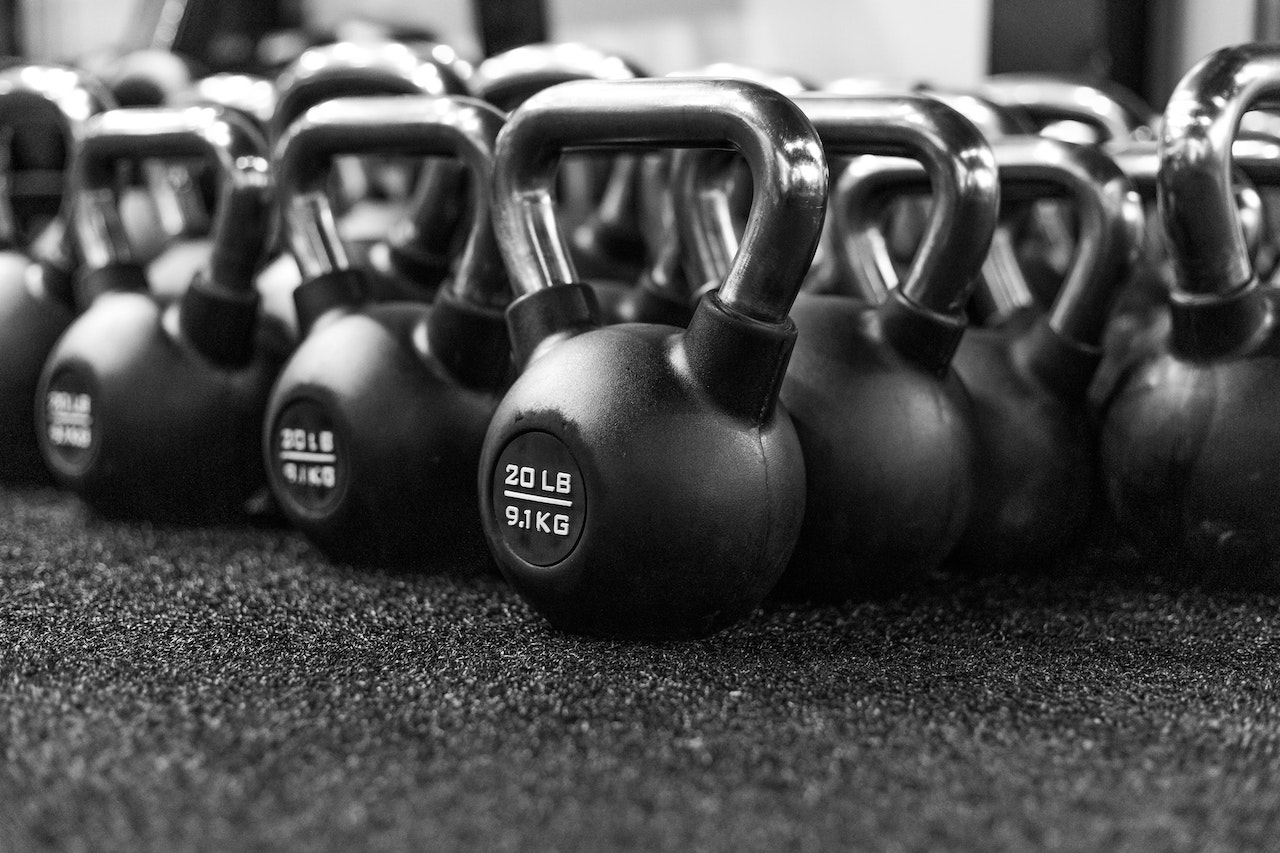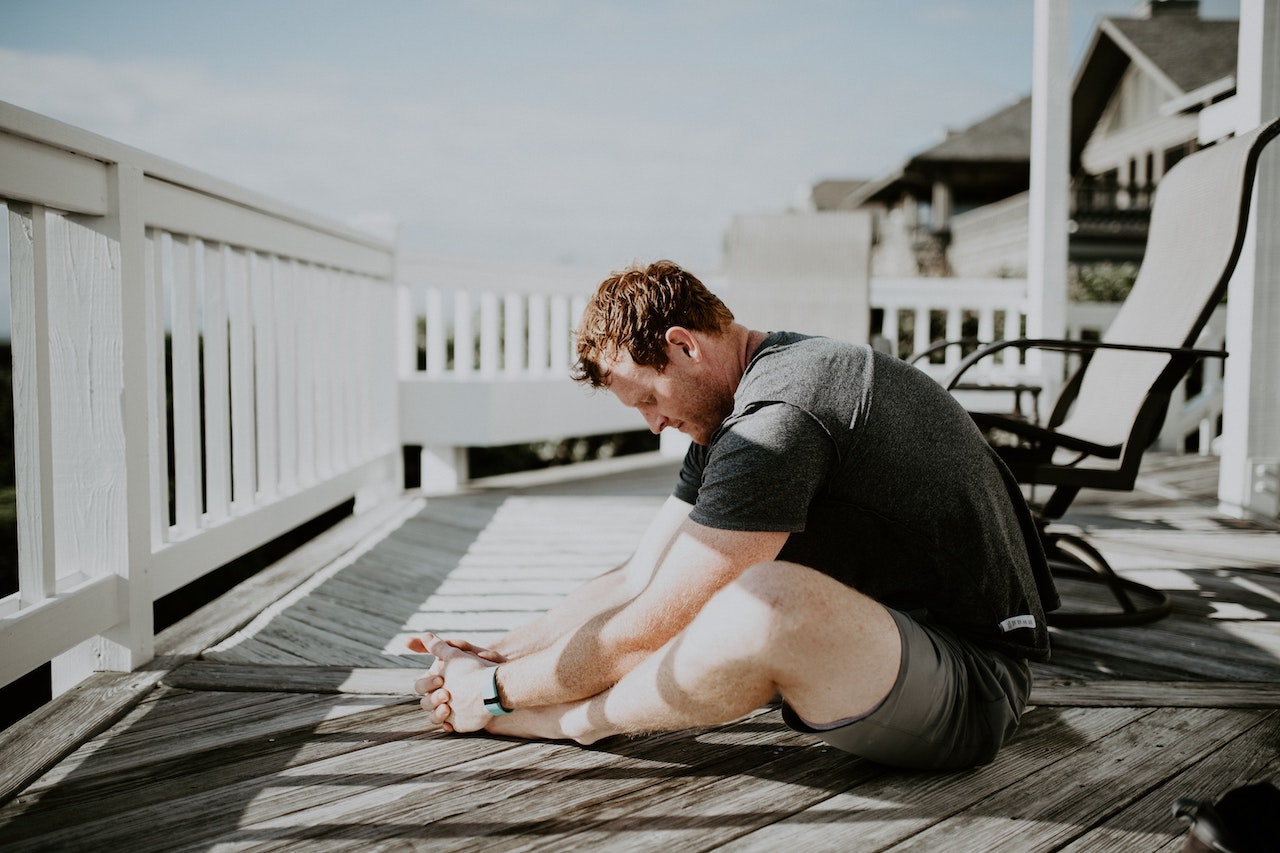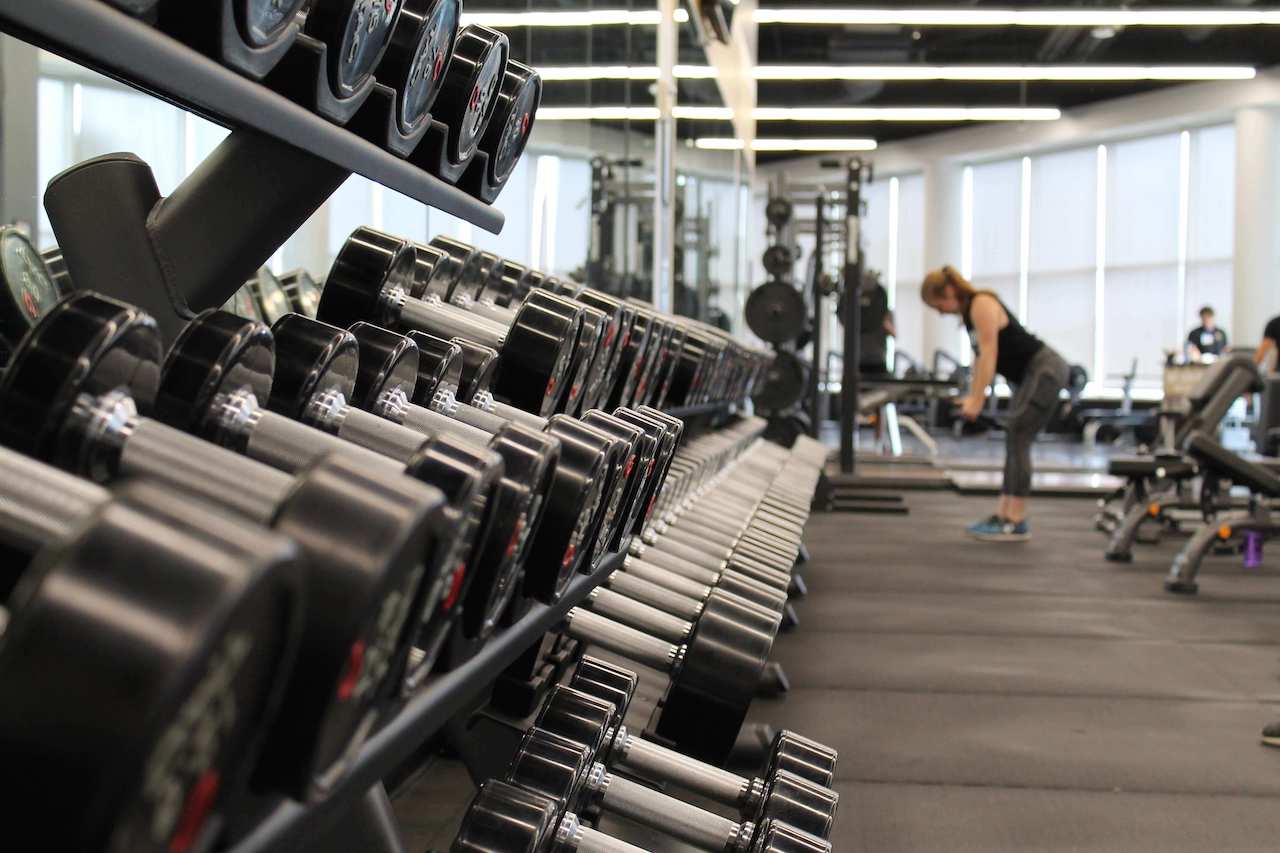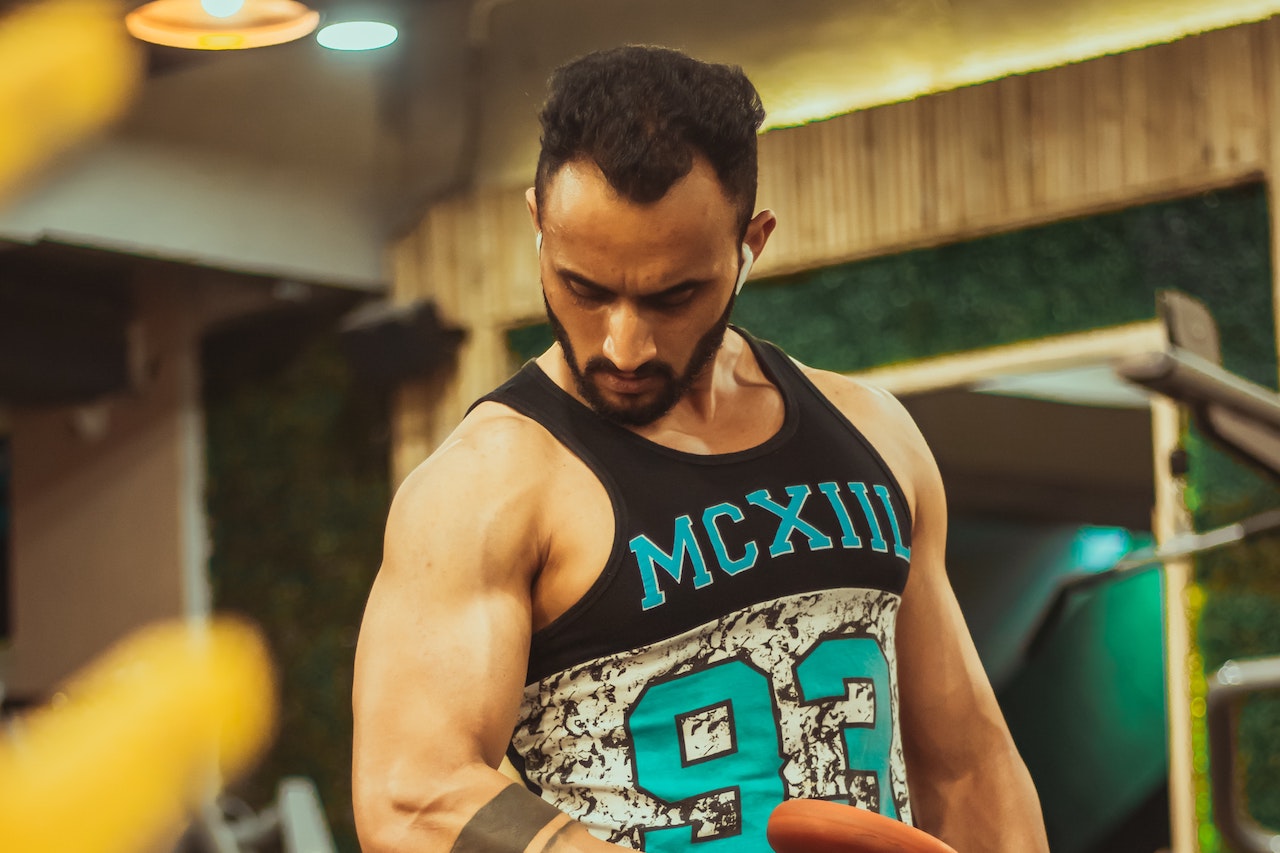leg training is a nightmare for many people who don't do squats and will take a back seat to leg curls or leg raises. The problem is that a lot of people use the "Leg lift machine" To try weights that are almost at the limit, but the legs don't seem to improve.
These fixed machines are stable and do not require the same level of upper body stability as the squat, so the focus should be on control and finish rather than on adding weight.
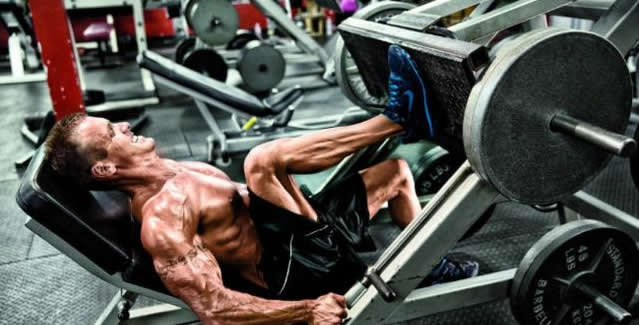
so how exactly should you do the push press? We now explain in detail.
There are two types of leg lifts commonly found in gyms: The standard horizontal leg lift and the 45 degree leg lift, which has an inclined seat so that the legs can be pushed upwards in a diagonal direction.
Both machines are used to train the quadriceps, hamstrings of the thighs and glutes (buttocks). By changing the position of the foot, the leg raise emphasises different muscles and strengthens these muscles. This movement can be used to improve imbalances in the leg muscles, for example when runners have more developed hamstrings than quads.
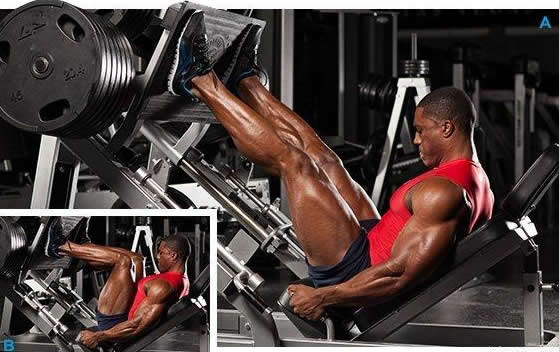
movement breakdown steps
when you sit on the leg lift machine, your body should be in a specific position. Sit on the machine with your back and head resting comfortably on the padded plate. Place your feet on the pedals, with your feet hip-width apart and your heels against the pedals.
The hips should be flat against the seat, not elevated, with the knees at 90 degrees. If the feet are positioned too high on the pedals, they will compress the gluteus maximus; too low will put unnecessary pressure on the knees. The knee should be in the same line as the foot and should not be bent inwards or outwards. When the leg is raised, maintain this straight line. Hold onto the assisted handles for support, keeping the spine and head in place.

with your abs firing, push the pedal up with your heel and front foot. The heel should be flat on the pedal, the forefoot or toes should not be used to push the pedal only. On the exhale, the legs are straight and the head and back are flat against the plate. The legs should be stretched slowly rather than exploding upwards to push. Pause at the highest point of the movement. Do not lock your knees and make sure they do not bend outwards or inwards. As you inhale, gradually bend your knees and return the pedals to the starting position. Keep your feet and back flat at all times. If you have never done leg raises before, start by doing three sets of 10 reps each as appropriate. You can build on this as your strength increases.

common mistakes
it is important to ensure correct movement posture to get the best results from your leg lift training. To perform leg lifts safely avoid these mistakes.
1. Too much weight
the most important thing is to ensure that you do not use more weight than you can handle. If you can't control the movement, then you need to reduce the weight. The correct movement is more important than the weight lifted. Although the movement requires strength, it is also important to have complete control. Never rush through the movement or work your legs until they are weak.

2. Hips off the seat
if the hips are lifted from the seat, the leg is bent at too small an angle. At this point move the back of the chair backwards until the knees and hips are in a comfortable position. Poor posture is well distinguished when you feel cramped or your knees are right in front of you.
3. Hands on knees
keeping your hands on your knees is a common mistake that affects your posture and you should hold onto the assisted handles with both hands.

4. Short movement stroke
complete the entire range of motion without lifting the hips. Adjust the seat and/or reduce the weight according to individual needs.
5. Head lift
pay attention to the head position, which should remain stable and comfortably resting on the back of the chair. If the head is jerked forward while performing the movement, the weight is too heavy.
6. Breathing
remember to keep breathing during the most difficult phases of the movement and avoid holding your breath. If you focus on exhaling as you exert yourself and inhaling as you relax, a breathing pattern will slowly develop.
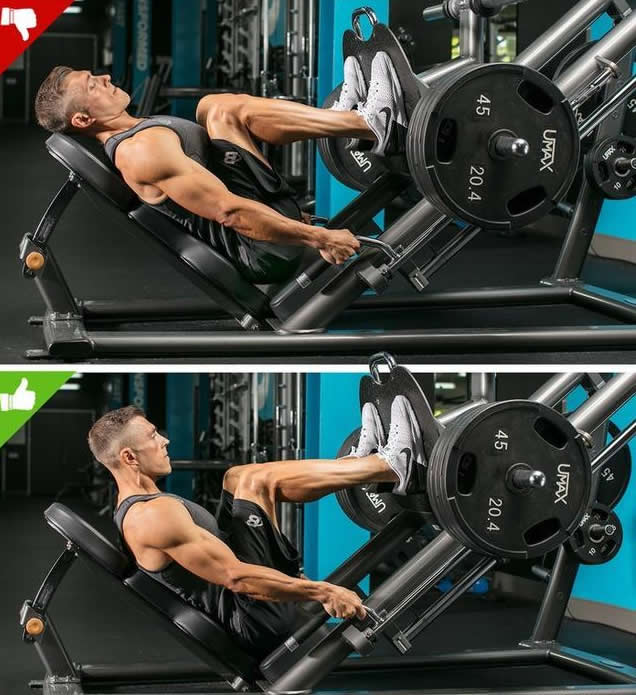
modifications and variations
you can make some changes to the leg raise to make it more novice friendly.
Need a modification?
This is a very individual movement and the trainer needs to adapt it to their own body. As the equipment varies, ask your trainer to show you how to adjust safely before you start training.
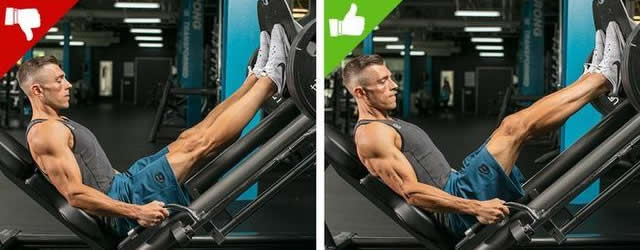
beginners should use lighter weights and familiarise themselves with the correct movement position. Focus on doing the movements slowly and effectively, not on how many reps you do or how much weight you lift. If the movement causes stress or pain, ask a coach to guide the movement and get some personalised advice.
Ready for a challenge?
The position of the feet can be used to train the muscles in different ways. A wider distance between the feet emphasises the inner thigh muscles, a narrower distance emphasises the outer thigh muscles. Placing the feet higher up on the pedals emphasises the gluteus maximus and hamstrings. Placing your foot underneath the pedal puts more emphasis on the quads, but also puts more stress on the knees, so be careful. If you are struggling with leg imbalances, train one leg at a time.
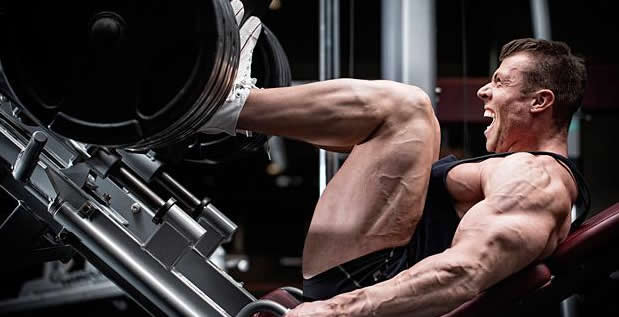
the leg raise, although a leg training movement, still requires our core and upper body to be tightened. If you have a knee injury, weak pelvic floor muscles, a back injury or pain, it is not recommended that you do leg lifts.

